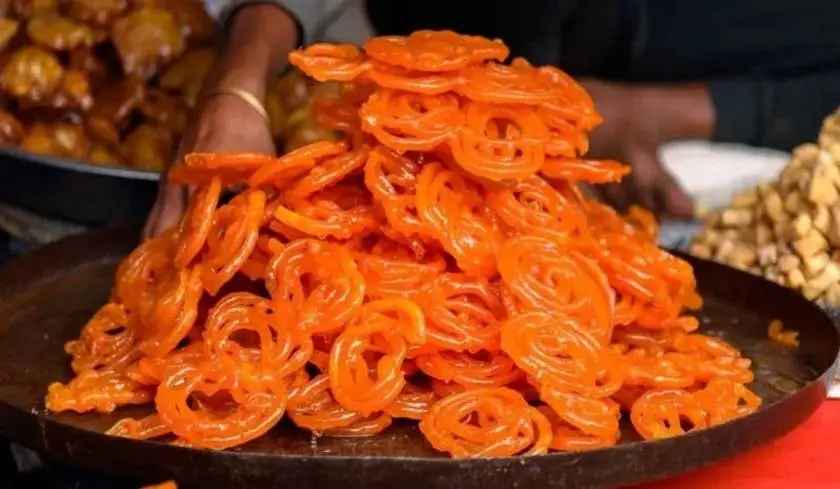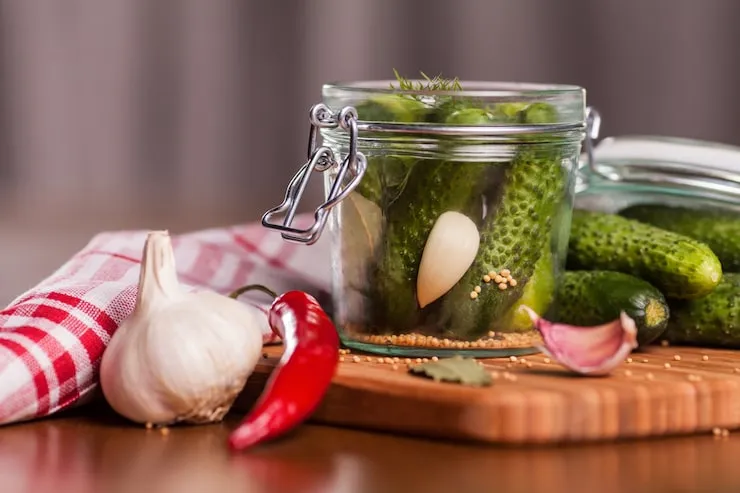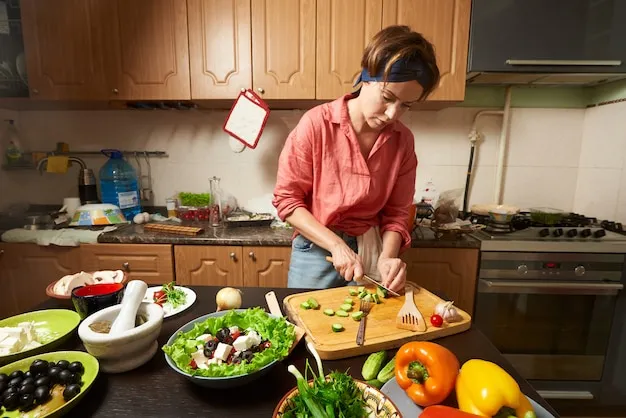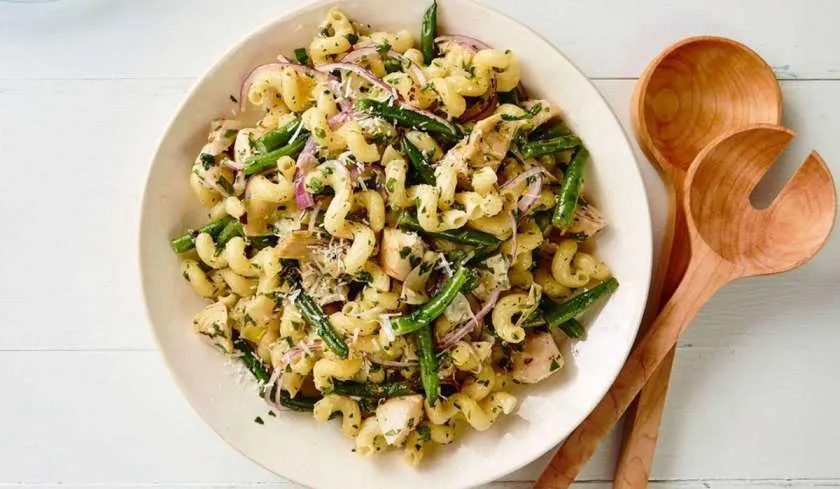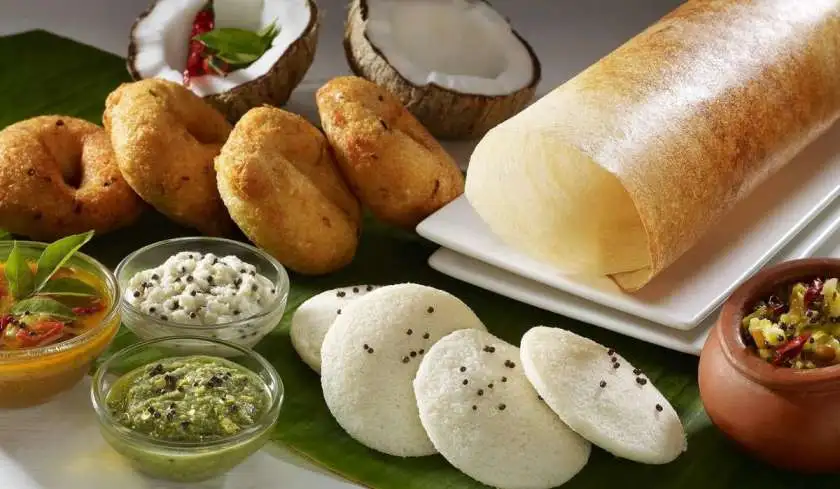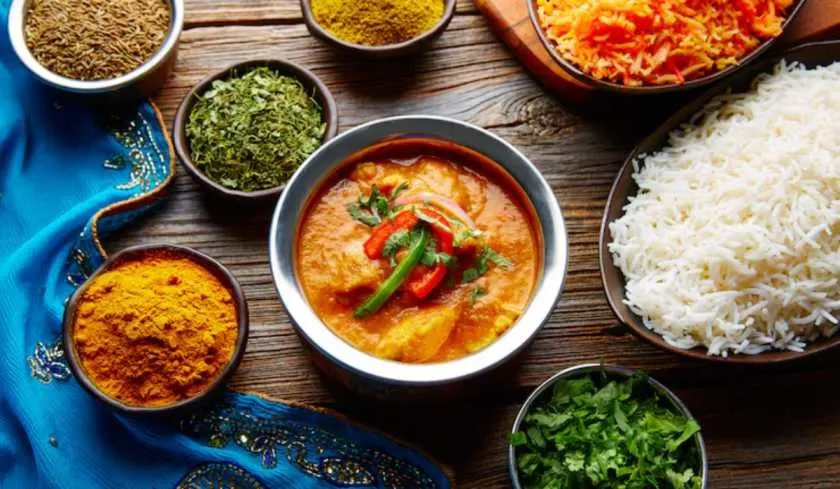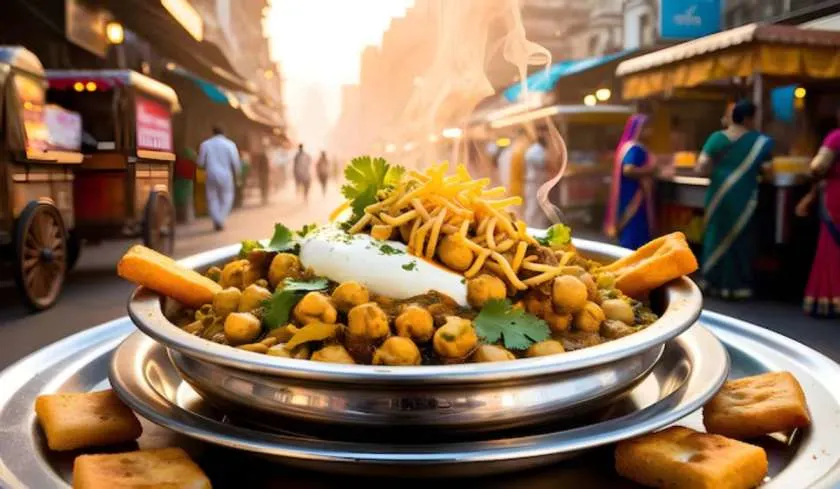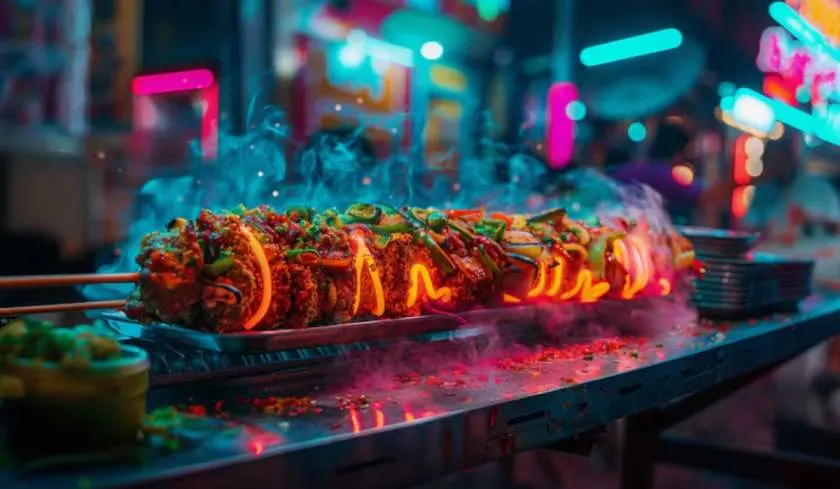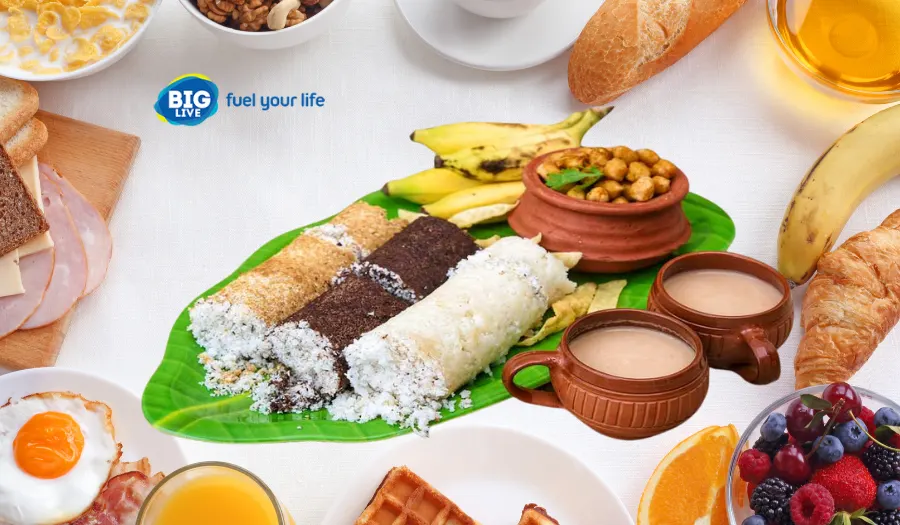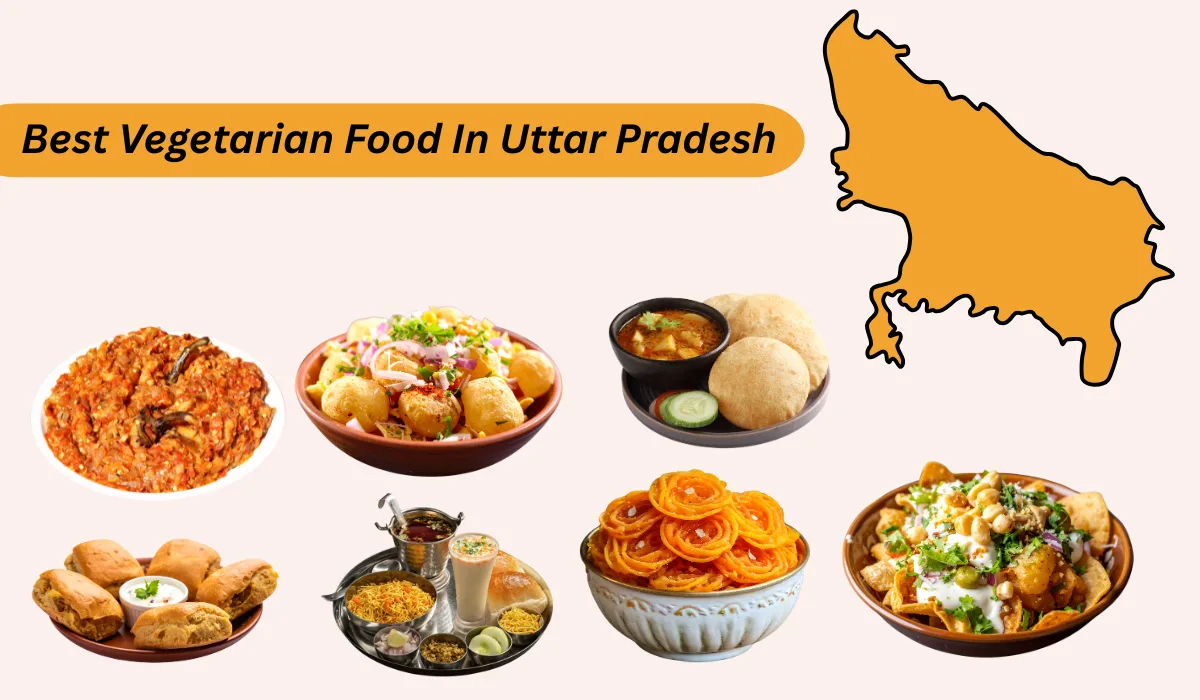Delhi is a city where every festival, and every memory comes with something sweet. Delhi's food culture includes the rich taste of iconic street foods. Chole bhature, kebabs, and golgappa are some Mughlai dishes. Whereas biryani and Nihari, offer a wide taste of flavors that satisfy every taste for Delhi sweets.
Sweets of this city are not just a treat, but they come with joy. Among the vast collection of mithai available in the city, three sweets stand as favorites. Jalebi, rasmalai, and the motichoor ladoo each have their own history.
Jalebi – The Spiralled Delight of Delhi
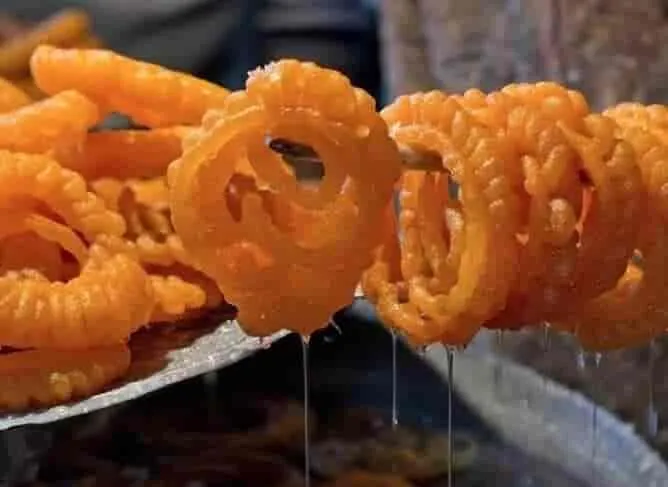
Read Also: Great Discoveries of Modaks: From Tradition to Exciting Fusions
A Journey Through Time
Jalebi's history is as fascinating as its shape. From the Persian dish named zulbiya, it is believed that it has originated.Though it made its place in the Jalebi in Delhi.
Jalebi is not seen as a desert in a country like India. It became a tradition to offer it in temples and weddings. In the 10th century, it was a sweet distributed to the poor people of the society during the month of Ramadan. Once it came to India,the recipe was Indianized. By the 15th century, this mouth watering dish appeared in Indian texts as Gunyagunabodhini.
Delhi’s Love Affair with Jalebi
Jalebi is more loved in Old Delhi, especially in Dariba Kalan. This place is considered home to the legendary Old Famous Jalebi Wala. In this shop jalebi has been served for ages. Thick, juicy jalebis fried in pure desi ghee, dipped in kesar sugar syrup are being served.
This mouth watering dish is often served with rabri ,giving a rich experience. Be it any occasion this place calls out for the first sweet a Delhiite will have.
More Than a Sweet—A Tradition
Jalebi is often enjoyed as a Sunday breakfast treat, during festivals or with samosa & chai.
Hot jalebis become soul food during Delhi's freezing winter evenings.
Motichoor Ladoo – The Festival Favorite
The Anatomy of a Motichoor Ladoo
This mouth watering dish is loved for its texture and flavor. Ladoos are offered as prasad during celebrations like Diwali and weddings. It is basically considered a religious offering.
Ladoo has many variations, like besan, boondi, coconut, and motichoor. Due to its tiny ,delicate boondis, fried in ghee ,soaked in sugar syrup, and finely round shape, it is different from the other varieties.
Cardamom, saffron, and silver foil garnishes are some of its flavors. The word motichoor comes from moti meaning pearl and choor means crushed. Suggesting a sweet made of crushed pearls.
History & Cultural Role
Motichoor ladoo has a history in Indian culture. Earlier it was considered a royal delicacy having roots tracing back to the kingdom of Mewar. Today , it is associated with states like Uttar Pradesh and Rajasthan.
Its association with festivities is tied to its role as a symbol of joy and good luck. It adds a touch of sweetness to any special occasion whether served as a dessert or exchanged as a gift.
It is mainly served during Hindu weddings and religious ceremonies, festivals & as prasad. Historically in the royal kitchens, serving it was a symbol of power and status. It was often stuffed with dry fruits.
Delhi’s Ladoo Legends
Chandni Chowk’s Kanwarji is often considered a temple of traditional sweets. It was situated in the year 1950. They make the Motichoor ladoos using hands. The Motichoor ladoos they serve are aromatic , soft and perfectly balanced and considered rich in flavors.
Pitampura's Bansal Sweets is another favorite spot of the Delhi people. This shop focused on purity and health. During the wedding seasons this shop becomes one of the Traditional sweets of Delhi.
More Than a Sweet—A Symbol
It is not only eaten but also gifted, shared and celebrated among loved ones. Any Delhiite can recall a school function , a pooja, or a grand wedding marked by the presence of these Motichoor ladoos.
Rasmalai – The Creamy, Cool Indulgence

You May Also Like: The Taste of Kerala: Exploring Traditional Flavors from Coast to Coconut Grove
Eastern Origins, Pan-Indian Appeal
Rasmalai is often considered a South Asian dessert. It is believed to be creamy and soft. Spongy chhena which is usually soaked in Rabri. It shows a signature texture.
Rasmalai batters from Bengal, which is the land of chhena. It is a rasgulla soaked with sugar syrup, giving it a rich experience. It is usually soaked in thickened milk having saffron and cardamom and served chilled with almonds.
From Bengal to Delhi
The dish has deep roots in the Bengal region. It is a highly desirable in countries like India, Bangladesh, and Pakistan. Around the 19th or 20th century, one of the inventions is credited to the Kolkata based sweet shop K.C. Das.
Rasmalai is a mouthwatering sweet served during Indian festivals and other celebrations. It symbolizes joy and fullness. Matri Bhandar a company in Bangladesh is known for its rasmalai and the creators were Sen brothers . It is considered as favorite in the city's hotter months.
In places like Bengali Sweet House and Halwaivala, rasmalai is healthily crafted. Each Chhena is pressed to remove water, soaked in rabri for Traditional sweets of Delhi.
Conclusion: A City Defined by Its Sweets
Delhi’s love affair with sweets is not just about sugar it is more about heritage. From jalebi to Motichoor Ladoos, and Rasmalai. Each of these sweet tells a story of how the things have evolved. It is a cultural bookmark in the lives of the Delhiites. An Indian wedding is considered incomplete without motichoor ladoos.
Whether wandering through the lanes of Chandni Chowk or attending a lavish wedding in South Delhi these sweets are never far from reach. In a city like Delhi, sweets like jalebi, motichoor ladoo, and rasmalai serve as a combining thread that binds people of different religions. They’re not just food but joy served on a plate.
So whenever you are in Delhi, don't just eat a sweet. Try to enjoy the history ,cultural significance and savour the soul of the city in every bite that you take.



